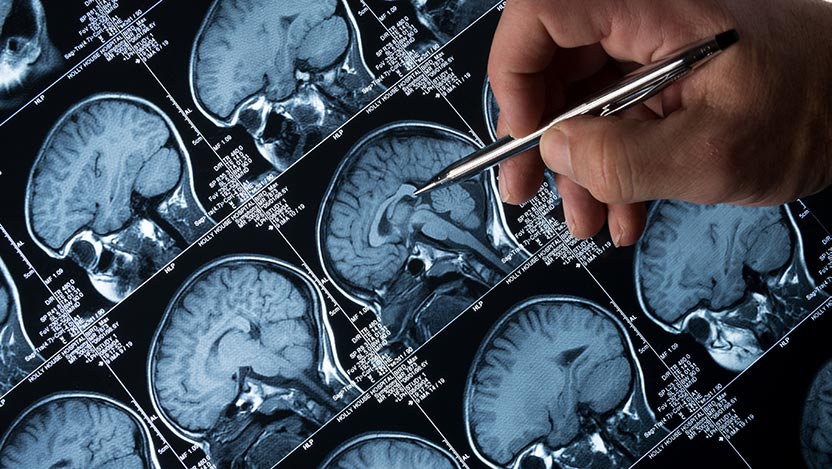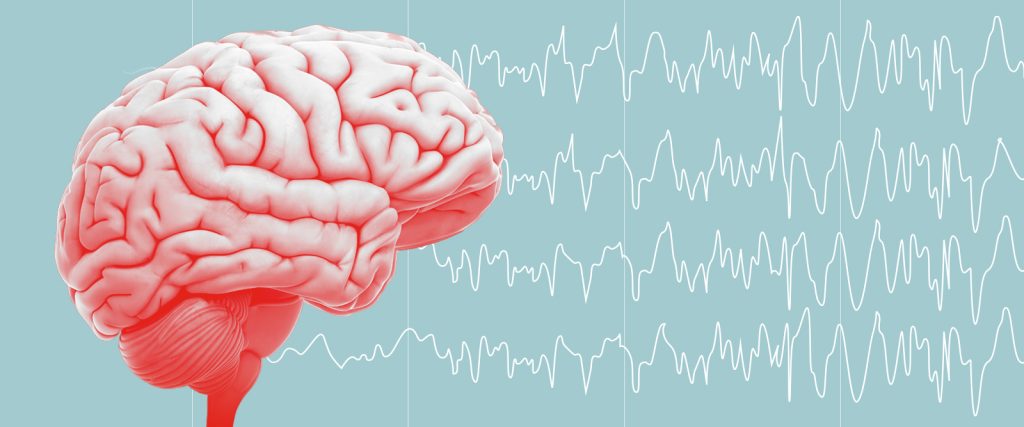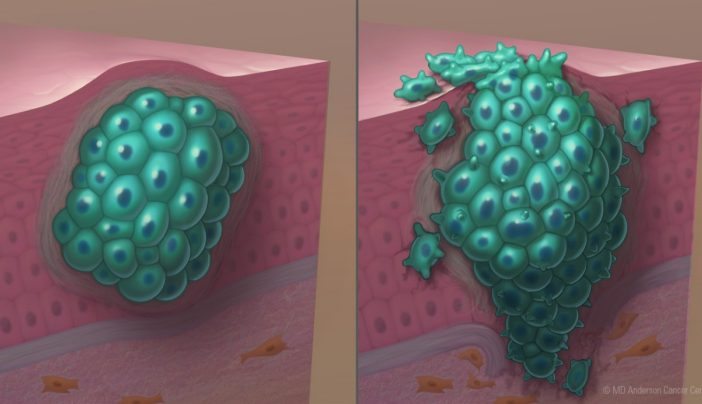New brain imaging techniques for the treatment of epilepsy.
In a recent study, researchers identified a brain circuit that can be targeted with brain stimulation by mapping abnormalities in the brain linked to epilepsy.
They stated that they hoped their discoveries could lessen the symptoms that come along with seizures.
They stated that the brain mapping method might also aid in predicting whether stroke survivors will experience seizures.

According to a recent study published in the journal JAMA Neurology, deep brain circuit stimulation may be able to identify whether people who have had a stroke may eventually acquire the disease and assist treat epilepsy.
Scientists from Brigham and Women’s Hospital in Massachusetts examined five datasets that had more than 1,500 individuals with brain injuries for their study.
The lesions have several diverse causes, such as tumors, trauma, and stroke.
The ability to explore across many brain regions and forms of brain injury for common network connections associated with epilepsy as a result allowed researchers to do so.
Brain mapping: What is it?
There are specific functions for each region of the brain. The surgeon wants to comprehend how the brain regions close to the seizure onset operate before doing any type of brain surgery, including epilepsy surgery. This enables your team to determine how much of the seizure focus can be safely removed.
The process of brain mapping can be used to pinpoint the functions of various brain areas.
Different people have different locations for different bodily processes (such as movement, voice, vision, and more). Tumours, seizures, or other brain abnormalities may alter which regions of the brain are in charge of a certain function. Sometimes general laws don’t apply.
By activating particular brain regions, one can create a “map” of each person’s brain. The map reveals to medical professionals which regions of the brain are in charge of vital processes like speech, sensation, or movement.
Brain mapping for epilepsy
The sites of brain damage in epilepsy patients and those without the condition were compared by the researchers.
According to the researchers, the brain was filled with lesions connected to epilepsy. They did, however, have a common network.
The researchers pointed out that epilepsy may be brought on by disruption of brain connections rather than the site of the damage. The basal ganglia and cerebellum, two deep-brain regions, were the locations of the linkages.
According to the researchers, identifying lesions in a brain network may aid in determining whether or not a person may experience epilepsy following a stroke. They claimed that common brain pathways could connect various damages and result in epilepsy.
The researchers point out that earlier studies have linked deep brain regions to modifying and regulating seizures in epilepsy-prone animals. They might have a braking effect on the brain.
How have scientists used deep brain stimulation?
The researchers examined the deep brain stimulation results in 30 patients with drug-resistant epilepsy.
If the stimulation was linked to the same brain network they discovered when mapping brain lesions, they claimed that the benefit would be greater.
Dr. Frederic Schaper, an assistant scientist at the Centre for Brain Circuit Therapeutics at Brigham and Women’s Hospital and an instructor of neurology at Harvard Medical School in Massachusetts, said, “In our study, we analysed existing data from patients that received deep brain stimulation for drug-resistant focal epilepsy.”
Although all patients had electrodes for deep brain stimulation implanted in the anterior thalamus, Schaper informed us that each patient’s precise electrode placement and stimulation sites varied slightly. “We found that patients with deeper brain stimulation sites that were more connected to deep brain regions in the cerebellum and basal ganglia had better seizure control than patients who were less connected to these regions.”
“This finding suggests an important role for brain networks distant from the anterior thalamic deep brain stimulation site in the mechanism of action of deep brain stimulation for epilepsy and seizure control,” he continued.
Deep brain stimulation principles
The American Association of Neurological Surgeons defines deep brain stimulation as a surgical procedure in which electrodes are placed in particular parts of the brain. Then, in order to assist manage aberrant brain activity, these electrodes transmit electrical impulses.
The amount of stimulation is managed via an implanted programmable device that resembles a pacemaker. The device is connected to the brain’s electrodes by a wire.
The full mechanism through which deep brain stimulation reduces seizure frequency is unknown, according to Schaper. “Previous research in people and animal models indicates that deep brain stimulation disturbs the brain networks responsible for seizures. It is uncertain, nevertheless, whose brain networks are in charge of [deep brain stimulation]-induced seizure control.”
Schaper mentioned that deep brain stimulation is a safe and efficient treatment for drug-resistant focal epilepsy and has received approval from federal regulators.
Improving epilepsy symptoms
In this investigation, brain networks were sought after. They claimed that deep brain stimulation can lessen epilepsy symptoms if it activates just one node in the network.
“This study is quite exciting,” said Dr. Jean-Philippe Langevin, a neurosurgeon and the director of the Restorative Neurosurgery and Deep Brain Stimulation Programme at the Pacific Neuroscience Institute at Providence Saint John’s Health Centre in California. He was not involved in the research.
“The scientists discovered that networks were more associated with epilepsy than brain lesions. “They could influence epilepsy symptoms if they could concentrate stimulation within the networks,” Langevin told us.
The roadways in the brain are called brain networks. The roadside stops are called lesions. The researchers discovered that the entire network was influenced when electrical currents were applied anywhere along a network of streets.
According to Langevin, “Deep brain stimulation works for other diseases.” These include essential tremors, Parkinson’s condition, dystonia, obsessive-compulsive disorder, and dystonia. For certain conditions, “working within a single network would also hold true.”
“This is exciting because, in the future, when patients come to us with seizures, a scan can look at how the network is connected, making it easier to use [deep brain stimulation],” continued Langevin. “The scans do exist, but we don’t typically use them in the study.”
Symptoms of a seizure
Different people experience different pre-seizure warning symptoms.
But there are a few widespread indications:
- a sense of impending disaster
- For every seizures, the same tone or sound is produced.
- trouble generating ideas
- having trouble finding the right words
- Having underwater-like audio perception
- experiencing déjà vu or believing that nothing is familiar
- feeling queasy in the stomach
- having the impression that everything is deformed, either larger or smaller than it should be.
It is suggested that you lay on your side if you are experiencing a seizure. Someone else should roll a seizure victim over if they are unable to move.
Additionally, a person experiencing a seizure ought to be relocated to a location where they won’t damage themselves. For instance, a space free of any furnishings.
Ensure that they are not wearing anything tight around their neck, such as a necktie, scarf, or button-up shirt. If so, you ought to take these things off.
Never abandon a person experiencing a seizure. Until the seizure is finished, be at their side.
REFERENCES:
- https://www.medicalnewstoday.com/articles/epilepsy-new-brain-mapping-may-help-control-symptoms
- https://www.epilepsy.com/treatment/surgery/tests-surgery/brain-mapping
- https://www.mayoclinic.org/diseases-conditions/epilepsy/diagnosis-treatment/drc-20350098
For Epilepsy medications that have been suggested by doctors worldwide are available here https://mygenericpharmacy.com/index.php?therapy=49


